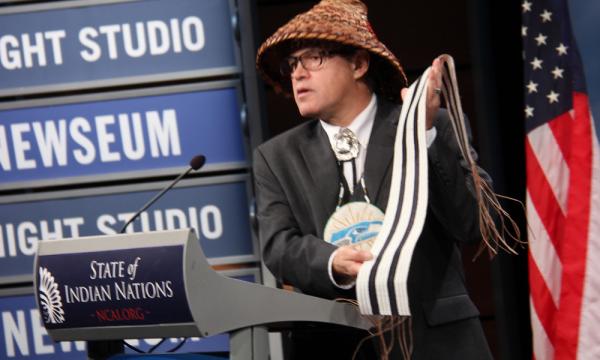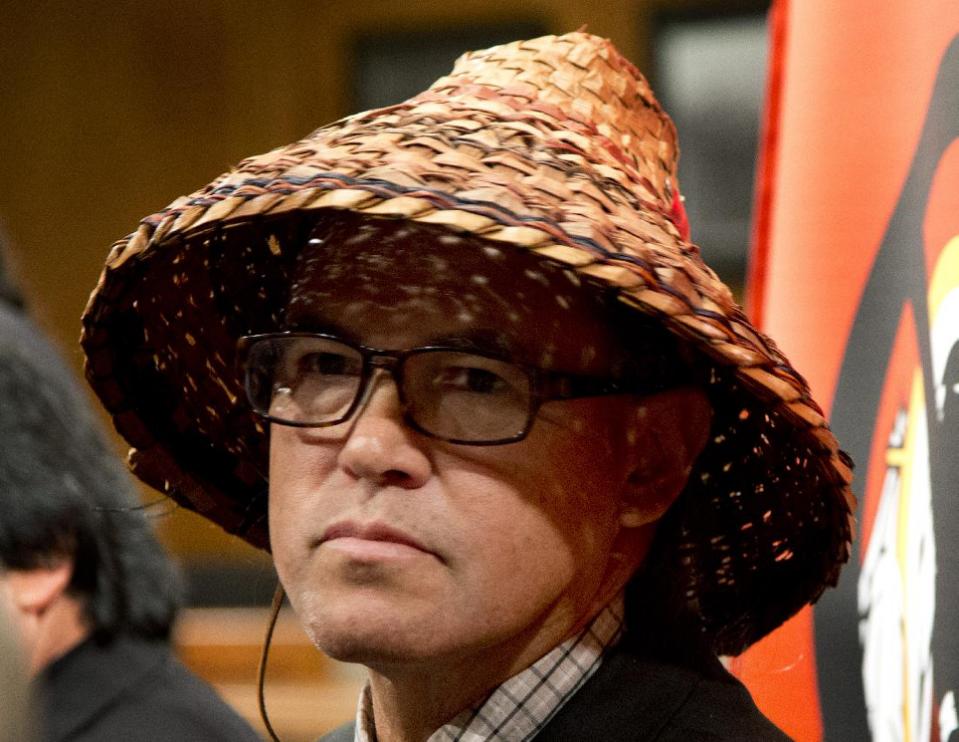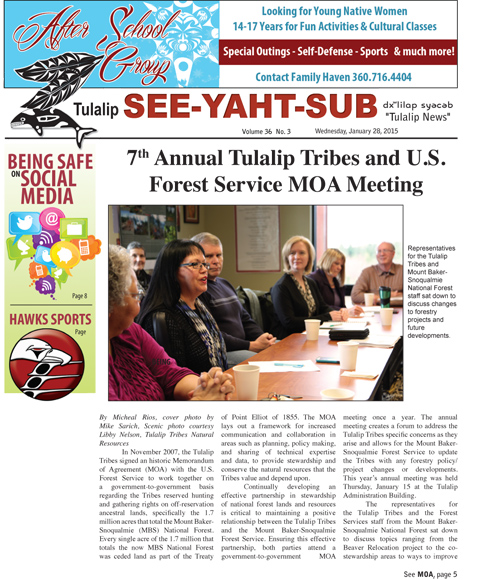The, tribes of marijuana is a growing trend in discussions from Washington, D.C. to state government offices and most recently on tribal reservations. In February the subject matter will be placed front and center at a groundbreaking national conference focusing on legalization in Indian country.
The legalization of pot in Indian country came into focus as the federal government announced in 2014 that it would allow tribal nations to legalize marijuana on their reservations.
According to media reports, as of December there were only three tribes showing interest in entering the marijuana business. In a December ICTMN story, it was reported that it is always “a good thing anytime the federal government moves to let Indian nations control their own affairs.” But could marijuana legalization be too much of a good thing? This conference will hopefully help answer that question.
RELATED: La Push Kush, Lummi Yummy, Apache Gold? When the Rez Smoke Shop Goes to Pot
Tribal leaders, executives, entrepreneurs and Native health and social work professionals, and law enforcement personnel will be on hand to examine the legal, political and social policy implications of marijuana legalization in Indian country, as many tribal governments are already addressing the subject matter. The conference will be held February 27 at the Tulalip Resort Casino in Quil Ceda Village, Washington.
Odawi Law PLLC and Harris Moure, PLLC are co-sponsoring the conference to help “leaders in Indian country fully understand the wide-ranging issues associated with embarking on the development of tribal marijuana legislation and considerations of commercial marijuana cultivation, manufacture and distribution in tribal jurisdictions,” according to a press release.
RELATED: Marijuana Legalization Must Remain Public Policy Debate
Robert Odawi Porter, conference co-sponsor and organizer, is a leading attorney in tribal sovereignty and treaty rights protections and former president of the Seneca Indian Nation where he witnessed first-hand issues surrounding the selling of another plant based product – cigarettes.
Porter has witnessed a change in social attitudes towards marijuana use which is paving the way for the significant numbers of new legislation in states across the country.
“Given recent developments, we are excited to announce this historic opportunity for tribal leaders to gain a better understanding of the implications of marijuana legalization in their territories,” Porter said. “We are bringing together some of the best, most experienced lawyers and commentators at the intersection of Indian law and marijuana law to share their experience in addressing the evolving issues surrounding recreational and medicinal marijuana usage in Indian country. Our goal is to pursue a balanced discussion of the important legal, business, social, and cultural questions that would inevitably affect Native societies were legalization to occur.”
Medicinal marijuana is legal in 33 states, and legal for persons over the age of 21 in four states. Legalized recreational use, however, is currently in two states: Washington and Colorado. The United States Department of Justice in October of last year issued a “Policy Statement Regarding Marijuana Issues in Indian Country.” Within the statement, the DOJ addressed law enforcement concerns by stating it will continue its enforcement priorities “in the event that sovereign Indian Nations seek to legalize the cultivation or use of marijuana in Indian country.”
The Tribal Marijuana Conference is also co-sponsored and co-organized with on of the foremost legal experts and premier cannabis business attorneys in the country – Hilary Bricken. The cannabis attorney provides a wealth of knowledge and experience with marijuana regulations, including testifying in front of state and federal government panels.
“There exists enormous new market potential for commercial marijuana initiatives on Native lands,” Bricken said. “This conference will extract the regulations and the legal and policy issues that are in place to assist Native leaders as they consider the myriad possibilities before they begin to embark on a path of commerce involving cannabis. This is an unparalleled opportunity for tribes to participate in a growing sector of commerce and diversify their economies, yet there is much to be considered to ensure successful implementation of tribal policy and law.”
For more details on the Tribal Marijuana Conference and registration information contact: Erica Curnutte at erica@harrismoure.comat (206) 224-5657 or rob@odawilaw.comor hilary@harrismoure.com.
Read more at http://indiancountrytodaymedianetwork.com/2015/01/26/groundbreaking-conference-discuss-legalizing-marijuana-indian-country-158867


















